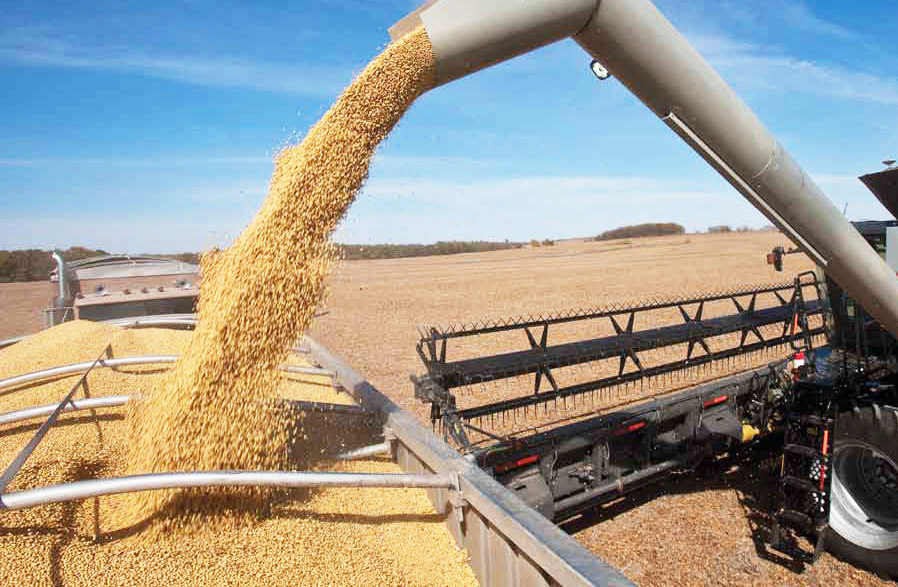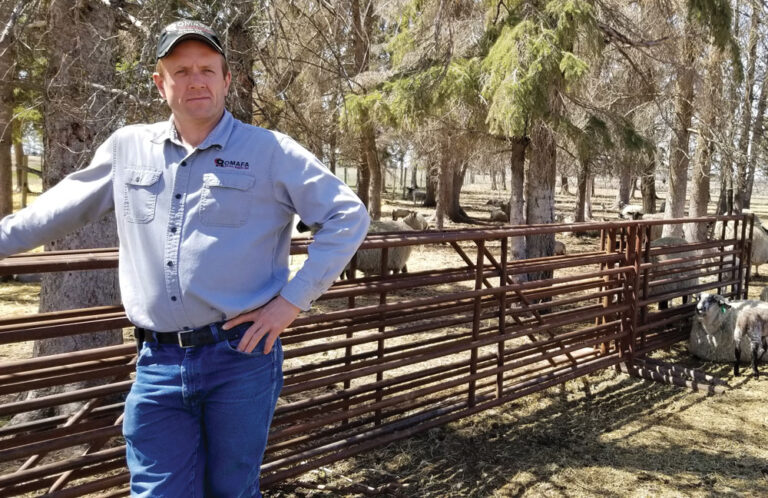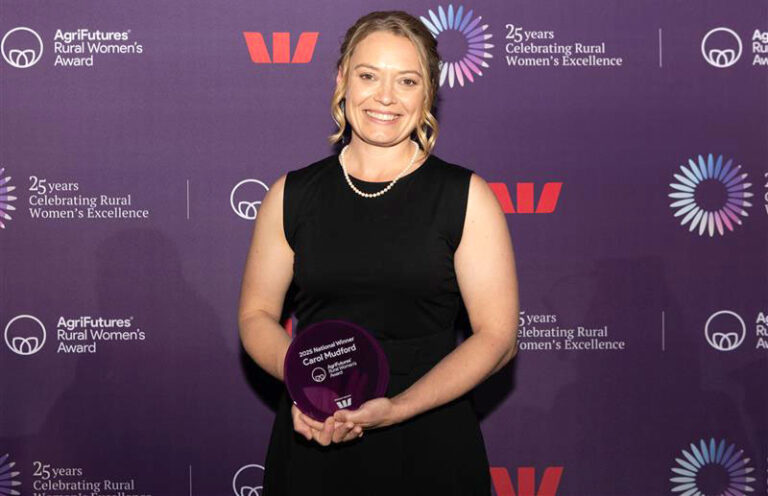Average broadacre farm cash incomes have risen to $184 k pa but breaking above that average was a select group of large-scale cropping farms where farm cash incomes shot up by 37% to average $286,000 per farm in 2020–21

The latest farm surveys for broadacre farms have clearly shown that improved seasonal conditions in 2020–21 is the driver for higher broadacre farm cash returns.
The biggest turn-around was seen in NSW where a record winter crop saved the day for growers that experienced a run of three extremely poor years prior.
And in every other state, cash incomes are around or above the 10-year average, with the only exception being in Western Australia.
It was also revealed the effect of COVID-19 on labour supply has had a limited impact on overall broadacre farm production or costs.
For Australia as a whole, average farm cash income for all broadacre farms is projected to increase by 18% in 2020-21, from $155,300 per farm in 2019-20 to $184,000 per farm in 2020-21.
This takes average farm cash income in 2020-21 to around 9% above the longer-term average of $168,200 per farm in real terms for the 10 years to 2019-20.
Sitting at the top of the income range are cropping farms, where the average is expected to increase by around 37% in 2020-21 to $286,000 per farm with good rainfall contributing to increased crop production.
Incomes on livestock farms are expected to remain unchanged in 2020-21 at an average of $123,000 per farm with higher receipts from beef cattle being offset by lower receipts from sheep, lambs and wool.
Average farm business profit is projected to increase from an average of negative $8,600 per farm in 2019-20 to $67,000 per farm in 2020-21.
This increase is greater than the increase in farm cash income because of increases in livestock inventories and grain held on farm at 30 June following the lows of the previous year.
COVID-19 containment measures have had a limited impact on overall broadacre farm production or costs.
There have been no significant impacts on the continuity of input supply for broadacre production, such as fuel, chemicals, and fertilisers.
The low labour intensity of broadacre agriculture means that constraints on labour supply have been minor relative to other agricultural industries such as horticulture.

For cropping farms (wheat and other crops and mixed livestock-crops industries), strong increases in crop receipts are expected in New South Wales, Victoria, Queensland and South Australia.
The states and segments that did best
But in Western Australia, yields increased by less than other states and was insufficient to overcome the effects of lower prices for wheat, barley and oilseeds.
Overall, those focussed on cropping farms came out ahead where the average increased by around 37% in 2020-21 to $286,000 due to increased crop production.
Higher beef prices are also expected to contribute to increased incomes for broadacre farms, partly offset by reduced sales of cattle as many producers begin rebuilding herds, particularly in Queensland.
Receipts from sheep, wool and lambs are expected to be lower in 2020-21 because of reduced wool production and fewer sheep and lambs sold.
Sheep and wool production are being affected by reductions in sheep numbers in previous years and subsequent flock rebuilding in areas where seasonal conditions have improved.
Better pasture conditions and lower prices for hay and feed-grains will also substantially reduce expenditure on fodder on broadacre farms.
On average, farm cash income for livestock farms (sheep, beef and sheep-beef industries) is expected to remain unchanged in 2020–21 at around $123,000 per farm.
In the previous season 2019-20, there were very poor financial outcomes for broadacre farms in New South Wales relative to the longer-term average. In other states financial performance varied widely by region relative to the longer-term average.
Higher incomes in 2020–21 are expected to result in most regions across Australia outperforming the longer-term average.
Increases in crop production because of higher rainfall were the main driver of increased incomes for many farms in the cropping regions of New South Wales, Queensland and South Australia.
Results were mixed in regions dominated by livestock production. Some regions benefited from higher beef cattle prices, including parts of Queensland and the Northern Territory, while incomes were lower than average in other regions as producers begin rebuilding herds and flocks.
What growers have left in the tank
Despite the worst drought in many regions for the past three years, the overall financial situation for broadacre farms remains strong.
The value of farm land has increased to match farm business debt, resulting in equity ratios remaining strong at an average of around 88%.
Added to that scenario are the historically low interest rates meaning that servicing farm land debt is relatively easy across industries.
Many farms also have substantial holdings of liquid assets relative to farm household income that makes them well placed to withstand short term downturns in income, although there is wide distribution across farms.
From the survey results it showed that of all broadacre farms, an estimated 52% were small holdings with turnover of less than $250,000.
These farms accounted for 13% of the total value of output in 2019-20.
In comparison, around 5% of broadacre farms were very-large with turnover of more than $2 million and these farms accounted for 29% of the total value of output.
It is obvious the future for long term stable crop production lies in further farm consolidation where farm machinery inventory can be put to better use, with the cost shared across a higher gross income.















